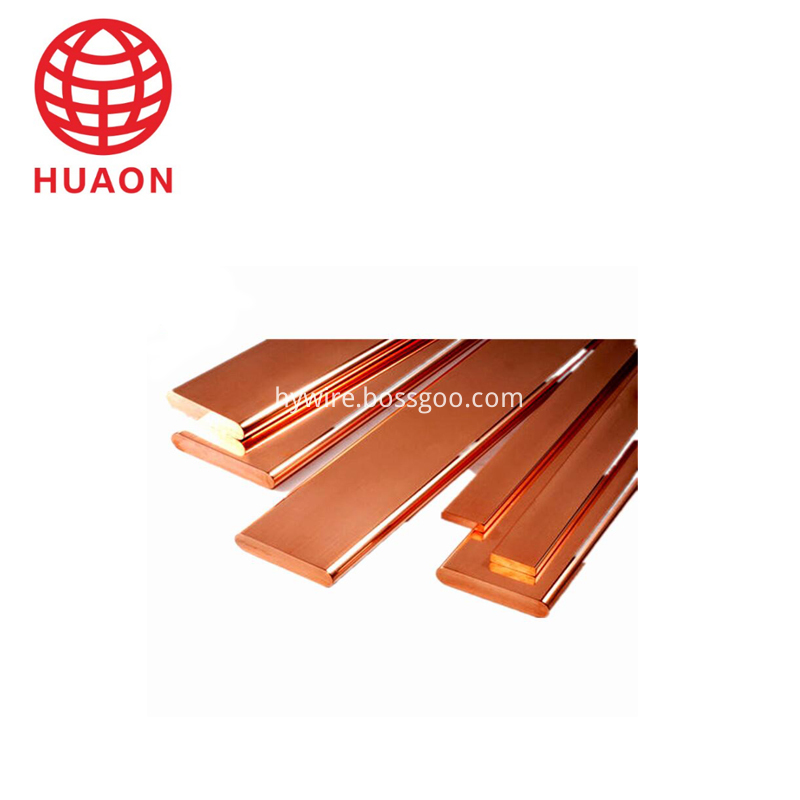As the production cost of light-emitting diodes ( LEDs ) declines, the use is becoming more and more common, ranging from handheld devices to automotive and architectural lighting. LEDs are highly reliable (with a lifetime of more than 50,000 hours), are efficient (over 120 lumens per watt), and have near-real-time response characteristics, making them an attractive source of light. The LED produces light in 5 nanoseconds, while the white heat bulb has a response time of 200 milliseconds, so the automotive industry has used LEDs for brake lights. This article will introduce the LED characteristics and the folding situation of driving LEDs, and explore various switching power supply topologies suitable for LED driving and dimming, and explain the related advantages in detail.
Stable current drives the LED to maintain a fixed brightness
LED drivers still face many challenges. To maintain a fixed brightness, LEDs need to be driven at a steady current without being affected by the input voltage. This is a greater challenge than simply connecting a battery as a power source.
LEDs have a forward VI characteristic similar to the diode case. The white LED has an on threshold of approximately 3.5 volts below which the amount of current through the LED is very small. After this threshold is exceeded, the current is exponentially enhanced, causing the forward voltage to increase, and the LED thus becomes a voltage source model with series resistance. It should be noted, however, that this model is only effective in the case of a single operation of DC current. If the DC current in the LED changes, the resistance in the model should also change to show the new operating current. In the case of a large amount of forward current, the power consumed in the LED will increase the temperature of the device, change the forward voltage drop and dynamic impedance, and determine the heat of the environment when determining the impedance of the LED.
If the LED is driven by a buck regulator, in addition to the DC current, the LED will conduct the AC chain current of the inductor, depending on the selected output filter arrangement. This increases the RMS strength of the current in the LED, increases its power consumption, and increases the junction temperature, which has a significant impact on the lifetime of the LED. If a 70% limit is set on the light output as the age of the LED, the lifetime of the LED can be increased from 15,000 hours at 74 °C to 40,000 hours at 63 °C. The method of determining the power loss in the LED is to multiply the LED resistance by the square of the RMS current, plus the value of the average current multiplied by the forward voltage drop. Since the junction temperature is determined by the average power, even if a large amount of chain current occurs, the effect on power consumption is small. For example, in a buck regulator, the peak-to-peak chain current (Ipk-pk=Iout) equal to the DC output current, the total power loss will increase by less than 10%. If it is more than this, the AC chain current supplied must be reduced to maintain the junction temperature and operating life. There is a practical basic principle here that the junction temperature is reduced by 10 ° C and the lifetime of the semiconductor is doubled. In fact, most designs, because of the inductance limitation, tend to use much lower chain currents. In addition, the peak current in the LED should not exceed the maximum safe operating rating specified by the manufacturer.
LEDs are used in a variety of applications requiring multiple power supply topologies
The information in Table 1 is available as a reference for selecting the best switching topology for the LED driver . In addition to these topologies, simple current limiting resistors or linear regulators can be used, but these methods typically consume too much power. The input voltage range, number of LEDs driven, LED current, isolation, electromagnetic interference (EMI) limits, and performance are all relevant design parameters. Most of the LED driver circuits can be divided into the following topological categories: buck, boost, buck boost, SEPIC, and flyback.
| About Copper Bar |
Construction field, ships building industry, petroleum & chemical industries,
war and electricity industries, food processing and medical industry, boiler heat exchange, machinery and hardware fields. Stainless
steel pipe can be made according to the customers requirements.
Standard export seaworthy or as per customers' requirement

|
Machine for Quality. |
We have imported machine for protecting the quality of products.

Copper Bar
Copper Bar,Flat Copper Bar,Oxygen Free Copper Bar,Electrical Application Copper Bar Flat
HENAN HUAYANG COPPER GROUP CO.,LTD , https://www.huaonwire.com